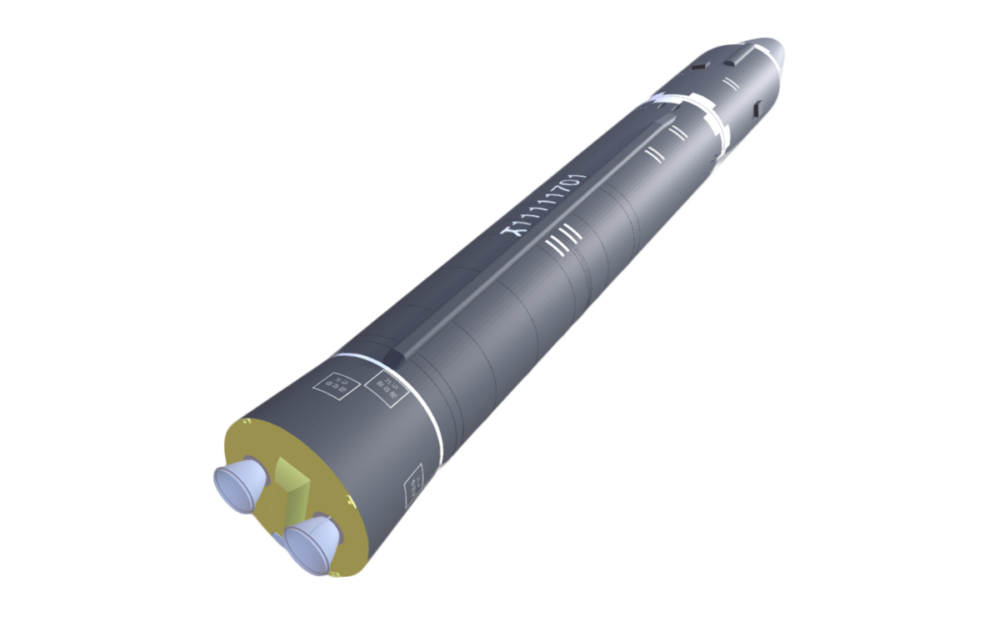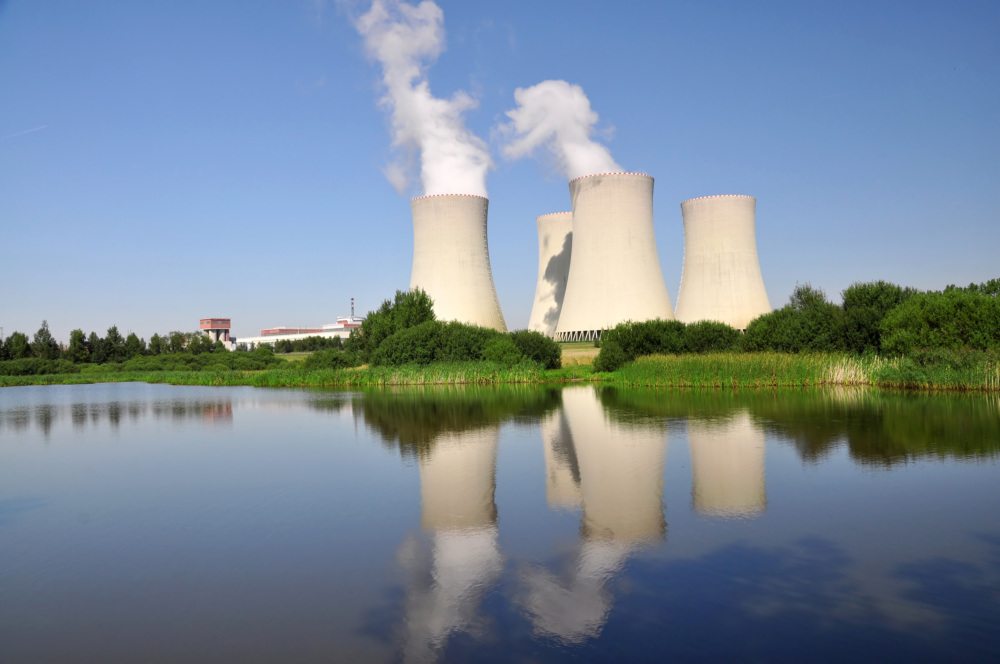
The CNS North Korea Missile Test Database
A collection of missile tests including the date, time, missile name, launch agency, facility name, and test outcome.
Tajikistan emerged from a devastating civil war (1992-1997) as one of the poorest countries in Central Asia. The country’s geographic location, porous borders, and robust drug trade raise concerns about the potential for its territory to be used for illegal transit of materials that could contribute to weapons of mass destruction programs. 1 However, Tajikistan does not currently produce or possess nuclear, chemical, or biological weapons, and is a party to relevant nonproliferation treaties and organizations.
Tajikistan never hosted Soviet nuclear weapons on its territory, and its leaders have repeatedly expressed a commitment to disarmament and the prevention of WMD proliferation. 2 Tajikistan has been an International Atomic Energy Agency (IAEA) member since 2001, and its Additional Protocol entered into force in 2004. Dushanbe acceded to the Treaty on the Non-Proliferation of Nuclear Weapons (NPT) in 1994 as a non-nuclear weapon state, has been a party to the Comprehensive Nuclear Test Ban Treaty (CTBT) since 1998, and has signed the Convention for the Suppression of Acts of Nuclear Terrorism. On 8 September 2006, Tajikistan joined four other Central Asian States— Kazakhstan, Kyrgyzstan, Turkmenistan, and Uzbekistan — in signing a treaty creating a Central Asia Nuclear-Weapon-Free-Zone (CANWFZ). Tajikistan attended some of the UN Treaty on the Prohibition of Nuclear Weapons negotiations, but did not formally participate. Although it signaled its support for the 2016 UN General Assembly resolution that created a mandate for treaty negotiations, it did not vote on the treaty in July 2017. 3
During the Soviet era, uranium ore mined in Tajikistan, Uzbekistan, and Kazakhstan was milled into yellowcake at the Vostochnyy Rare Metal Industrial Association (Vostokredmet), previously known as the Leninabad Mining and Chemical Combine, in Chkalovsk. 4 5 This facility was the first uranium processing plant in the Soviet Union. 6 The combine incorporated seven mines and several plants, most notably Combine No. 6 (Uranium Plant V), and processed up to 1,000,000 metric tons (t) of uranium ore per year to produce yellowcake for the Soviet nuclear power and defense industries. 7 Reportedly, Chkalovsk once had the capability to convert uranium concentrate into uranium hexafluoride, and housed a secret uranium enrichment plant built in 1940. 8 The state enterprise Vostokredmet has refocused production on gold, silver, ferromolybdenum, and the manufacturing of various goods, though enterprise officials have expressed interest in restarting its uranium mining operations. 9
Tajikistan stopped mining uranium in 1992, and by law the size of its uranium reserves is considered a state secret. 10 Though the northern region, which includes Chkalovsk, is reportedly depleted of uranium, Tajik officials claim that the Pamir region in the south and east may contain huge uranium reserves. 11 Many media outlets have suggested that Tajikistan possesses 13% of the world’s uranium deposits following a reported statement to this effect by President Emomali Rahmon. 12 According to the IAEA, however, only two depleted uranium deposits exist in Tajikistan, although the Agency has indicated that it is unable to offer a full survey of the deposits owing to incomplete data. 13
In 2008, the Tajik government amended legislation that had prohibited foreign companies from participating in the state’s uranium industry, and Chinese, Iranian, and other foreign companies have discussed potential projects with the Tajikistani government. 14 In 2014, Tajik news agencies reported that the Tajik government had endorsed a draft Memorandum of Understanding on future collaborations between French company Areva Mines and the Tajik Main Geology Directorate to explore uranium and other rare-earth metal deposits. 15 Uranium mining has not resumed, however, and a representative from Areva indicated that talks have come to an end. 16
The Argus nuclear research reactor, completed in 1991 in Dushanbe, was designed to run on 21% enriched uranium, but was never loaded with fuel. Although government officials initially expressed interest in obtaining fuel and operating the reactor, in 2007 Tajikistan asked the IAEA to dismantle the reactor and replace it with a particle accelerator. 17 Until its dismantlement is complete, the reactor will remain under IAEA safeguards. 18 In 2015, President Rahmon approved the renovation of the Argus nuclear research reactor. The Argus FTI (the renovated Argus reactor) is scheduled for operational use in 2016-2020. 19
Russia and Tajikistan signed their first agreement on cooperation over peaceful nuclear energy in February 2017. While addressing the issue of uranium tailing legacy sites, the agreement also created a legal framework for new research reactors, waste management, uranium mining, and nuclear power industry education. 20
While Tajikistan currently has no operational nuclear reactors, there are strong radiation sources on Tajik territory as a result of Soviet-era industrial applications. 21 In its 2012 Environmental Performance Review of Tajikistan, the United Nations Economic Commission for Europe announced that approximately 54.8 million tons of radioactive waste from Soviet-era uranium mining activities (mostly process residue tailings) are housed in unsecured facilities – many of them near the large city of Khujand. 22 The United Nations and the IAEA have expressed concern over the detrimental impact of this unsecured waste on the environment and ecology of Tajikistan; in response, in July 2014, the leadership of Tajikistan adopted a national concept on the rehabilitation of uranium tailings during the ten-year period from 2014 to 2024. 23 In June 2012, the Tajik Parliament requested assistance from its neighbors and international organizations, beyond the funding already received from the Eurasian Economic Community (EEC). 24 The IAEA has helped Dushanbe to manage the waste and seek donor funding. According to the Tajik state news agency, by the end of 2014, Tajikistan had received $6.5 million in assistance from the IAEA for various projects, including the proper disposal of uranium waste and efforts to ensure the materials’ security. 25 26
The security of Tajikistan’s borders has long been a concern among international groups. In 1992, Tajikistan signed the Minsk Accord on CIS Export Control Coordination, by which the state parties agreed to create national export control systems, coordinate their efforts to control exports of materials used in the production of weapons of mass destruction, and create uniform control lists based on existing international export control regimes. 27 CIS border guards have participated in monitoring the border for illegal smuggling and trans-border crime. 28 As has been the case with many multilateral agreements among CIS countries, however, further efforts are needed to coordinate and implement export control policies among the states of the region. 29
In December 2014, the European Union provided 1.5 million Euros to Tajikistan’s Nuclear and Radiation Safety Agency in support of a project to introduce radiological detection capabilities at six border and railway sites. 30 The EU has also provided Tajik officials with related training since 2013 and will continue to do so under the terms of the 2014 supply contract. 31 The United Nations, too, has made efforts to support the initiatives of countries in the region in implementing UNSCR 1540, including Tajikistan. 32 In February 2016, Tajikistan approved a National Action Plan to implement UNSCR 1540. 33
The United States, Russia, and others have also assisted Tajikistan in strengthening its border security. Under the Export Control and Border Security (EXBS) program, the Global Threat Reduction Initiative (GTRI), and other programs, the United States has provided funding, training, and equipment to improve border controls and secure radioactive sources. 34 Russia controlled the Tajik-Afghan border from 1993 to 2005. 35
Tajikistan has also taken steps to strengthen its own border security and prevent trafficking. In 2005 Tajikistan ratified the International Convention for the Suppression of Acts of Nuclear Terrorism, and in 2014 Tajikistan participated in a peer review event with Kyrgyzstan organized by the Organization for Security and Co-operation in Europe, UNODA, and the 1540 Committee to assess that country’s National Implementation Action Plan (NAP). 36 37 While Russia had provided Tajikistan with an estimated 7,000 Russian troops stationed in Tajikistan in to secure the Tajikistan border, in 2016 Russia announced plans to reduce the number of Russian troops in Tajikistan. 38
There is no evidence to suggest that Tajikistan produces or possesses biological weapons. Tajikistan is a party to the Biological and Toxin Weapons Convention (BTWC). During the Soviet era, Tajikistan worked under the USSR Ministry of Health to administer public health-related services and institutions, including the Anti-Plague (AP) System. Tajikistan’s one Regional AP Station opened in 1956 in Dushanbe, and reported directly to the AP Institute in Almaty, Kazakhstan. 39 Despite the connection between some AP facilities and the Soviet biological weapons program, there is no evidence that Tajikistan’s AP station worked on any aspects of the Soviet biological weapons program.
During the Tajik civil war (1992-1997), researchers remaining at the Dushanbe AP station feared what could happen if the dangerous pathogens they worked with should be misused by the warring factions, and preventatively destroyed the station’s culture collection. 40 Following the loss of its culture collection, the Dushanbe AP Station worked exclusively on cholera. 41
With the Soviet Union’s collapse, funding from Moscow was discontinued, as were collaborations with the AP network and other scientific institutes around the former Soviet Union. Most scientists and trained personnel left Tajikistan for Russia and other republics, leaving both a funding and an expertise shortage. Tajikistan joined the International Science and Technology Center (ISTC) in 2003. The ISTC has since funded projects at the AP station and other biological institutes in Tajikistan to keep scientists well-employed, and to improve biosafety and biosecurity while furthering science. 42
There is no evidence to suggest that Tajikistan produces or possesses chemical weapons. Tajik officials have stated that although Tajikistan has the capability to produce chemical precursors and toxic substances for industrial purposes, Dushanbe has not produced chemical weapons and will not do so in the future. 43 Tajikistan is a party to the Chemical Weapons Convention (CWC).
Tajikistan does not possess ballistic missiles, and lacks the industrial capability to produce them. However, a Soviet-era plant in the city of Taboshar once manufactured solid-propellant rocket motors for Soviet strategic missiles. 44 Tajikistan subscribes to the Hague Code of Conduct Against Ballistic Missile Proliferation (HCOC).
Sign up for our newsletter to get the latest on nuclear and biological threats.
A collection of missile tests including the date, time, missile name, launch agency, facility name, and test outcome.
At this critical juncture for action on climate change and energy security, 20 NGOs from around the globe jointly call for the efficient and responsible expansion of nuclear energy and advance six key principles for doing so.
Information and analysis of nuclear weapons disarmament proposals and progress in Belarus
